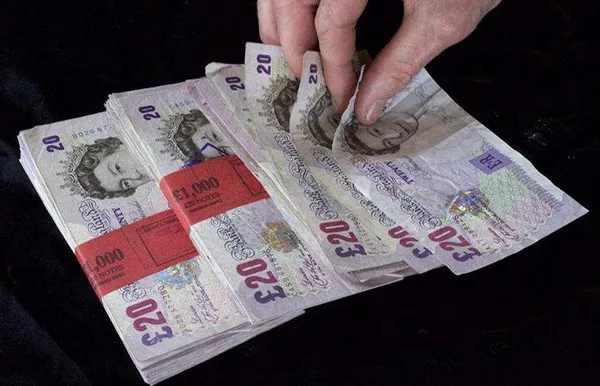In the Asian market on Thursday, the GBP/USD currency pair failed to extend the opportunity of the previous day’s slight rebound from around the 1.2600 mark or the low of nearly three weeks, and maintained a narrow range. GBP/USD is currently trading around 1.2660, almost unchanged throughout the day.
British business leaders became more pessimistic about the economic outlook and called for the Bank of England (BOE) to start cutting interest rates early this year, which weakened the pound (GBP). Indeed, money market pricing suggests traders expect the Bank of England to cut interest rates by around 140 basis points in 2024. In addition to this, a slight strengthening of the US dollar is negative for GBP/USD.
Minutes of the December 12-13 Federal Reserve meeting released on Wednesday did not provide clues as to when the Federal Reserve (Fed) might begin a series of interest rate cuts. This in turn caused US Treasury yields to rise, providing some support for the pound. Combined with broader equity market weakness, this favored the safe-haven US dollar and dampened GBP/USD gains.
However, markets are pricing in a 25 basis point interest rate cut by the Federal Reserve in March, which should dampen a week’s worth of gains in Treasury yields. This could dissuade USD bulls from making aggressive bets and help limit the downside for GBP/USD. Investors also seemed not to be active enough and tended to wait and see before the release of the U.S. monthly employment report (NFP) on Friday.
Meanwhile, Thursday’s economic reports, including final UK and US services PMIs, as well as US ADP employment changes, will provide impetus for short-term trading in GBP/USD. Still, with the fundamental backdrop above unclear, investors would still want to be cautious before taking positions for an extension of the recent pullback from near five-month highs (around 1.2825-1.2830 hit last week).


